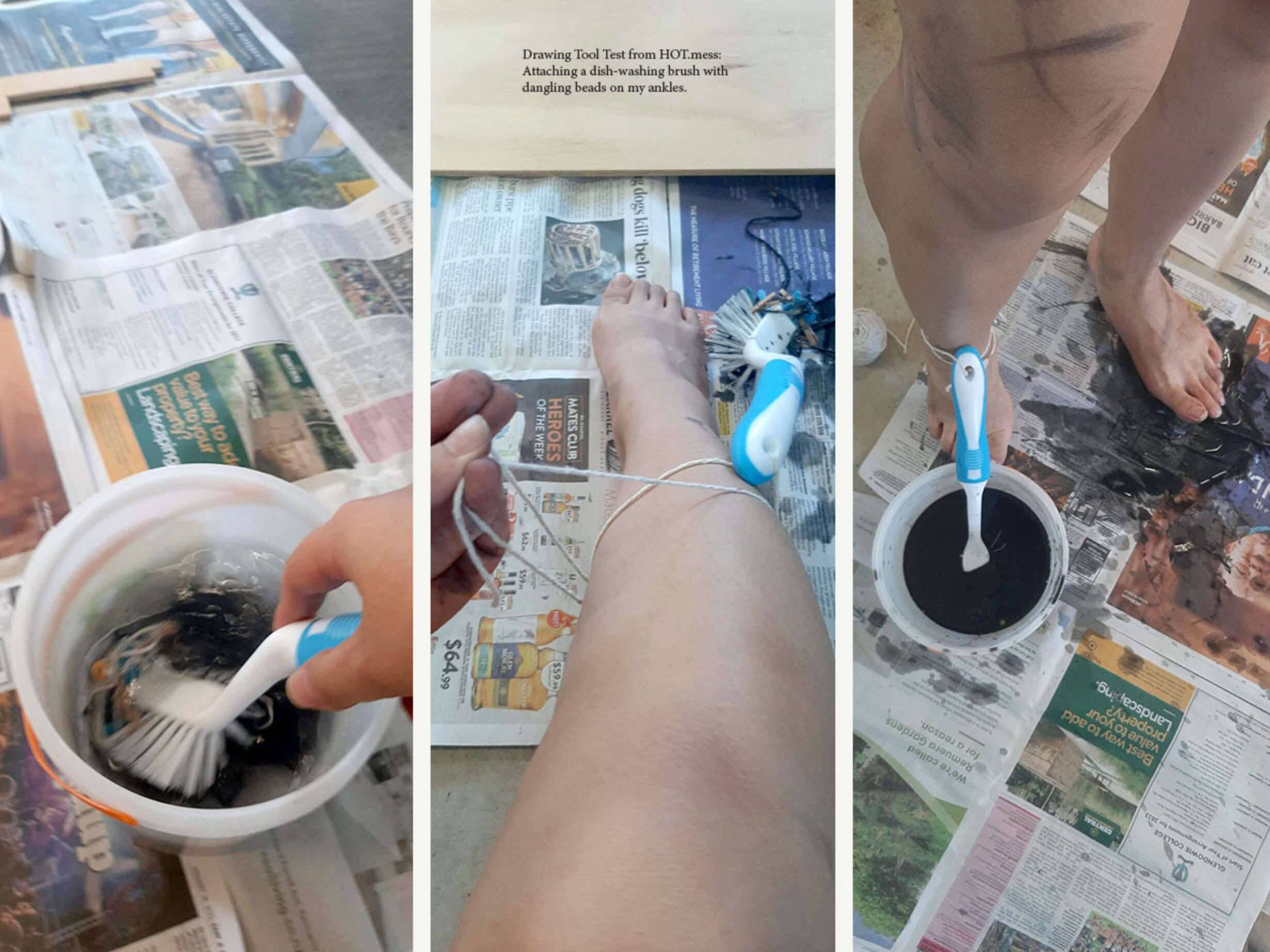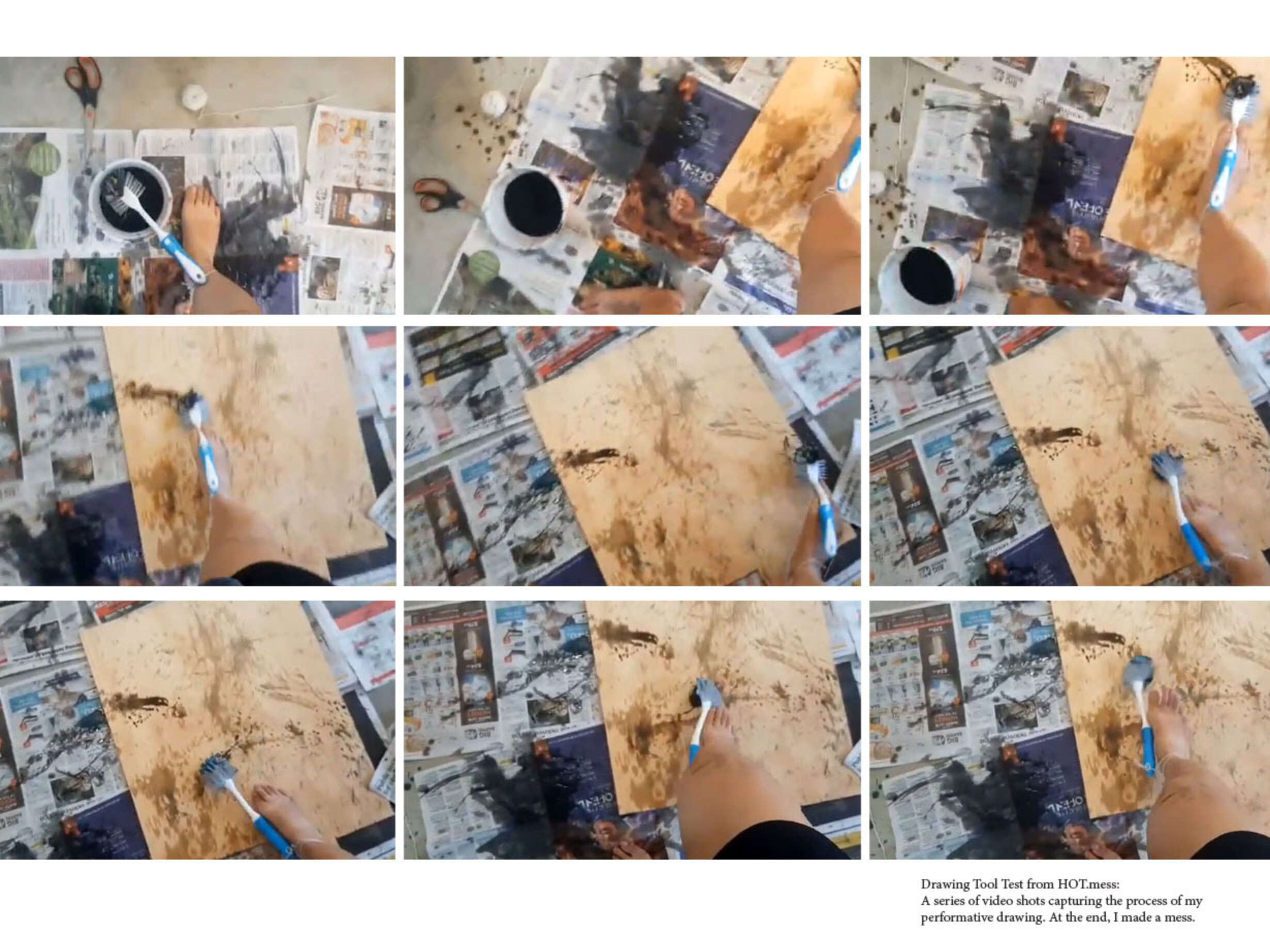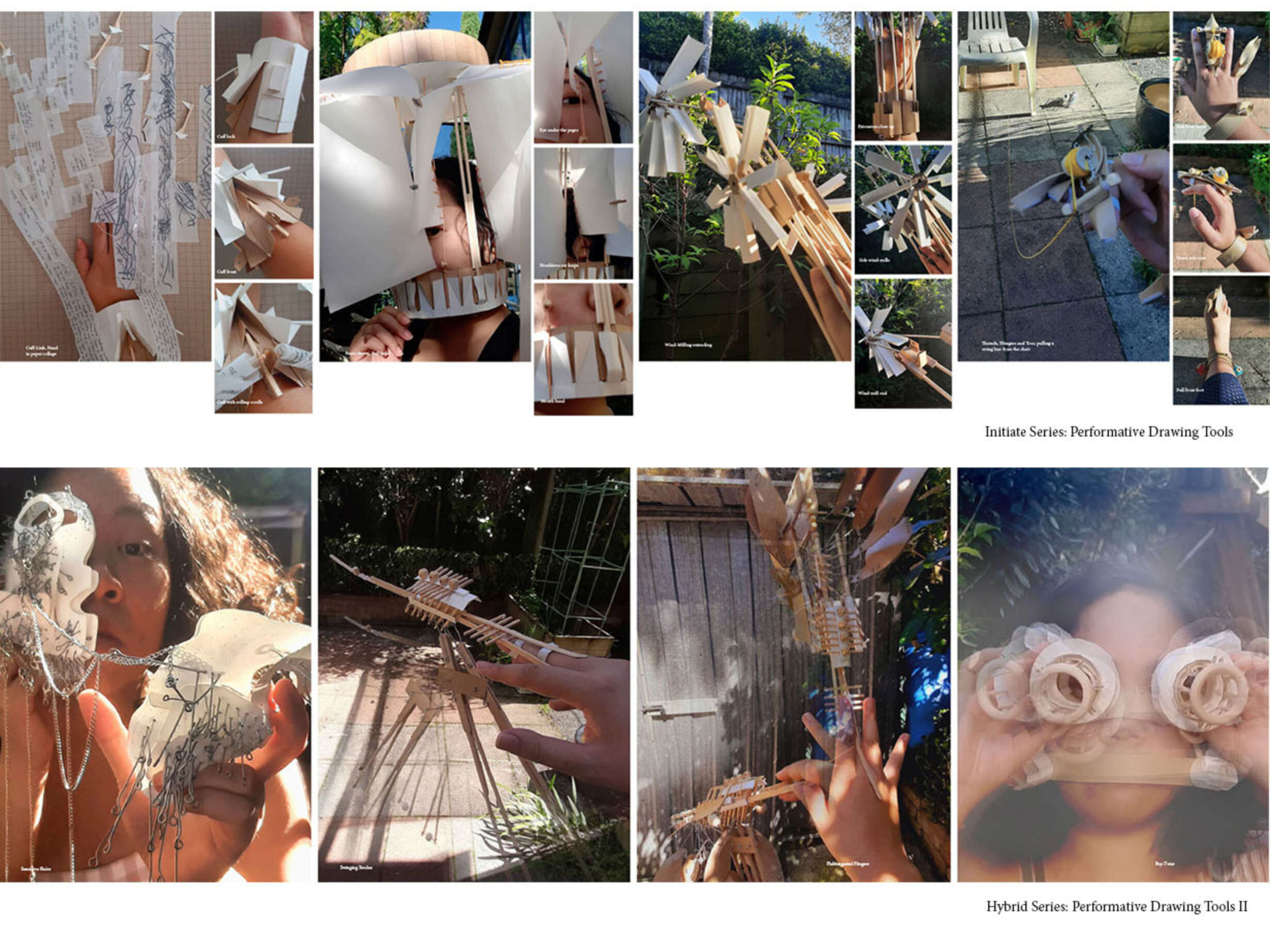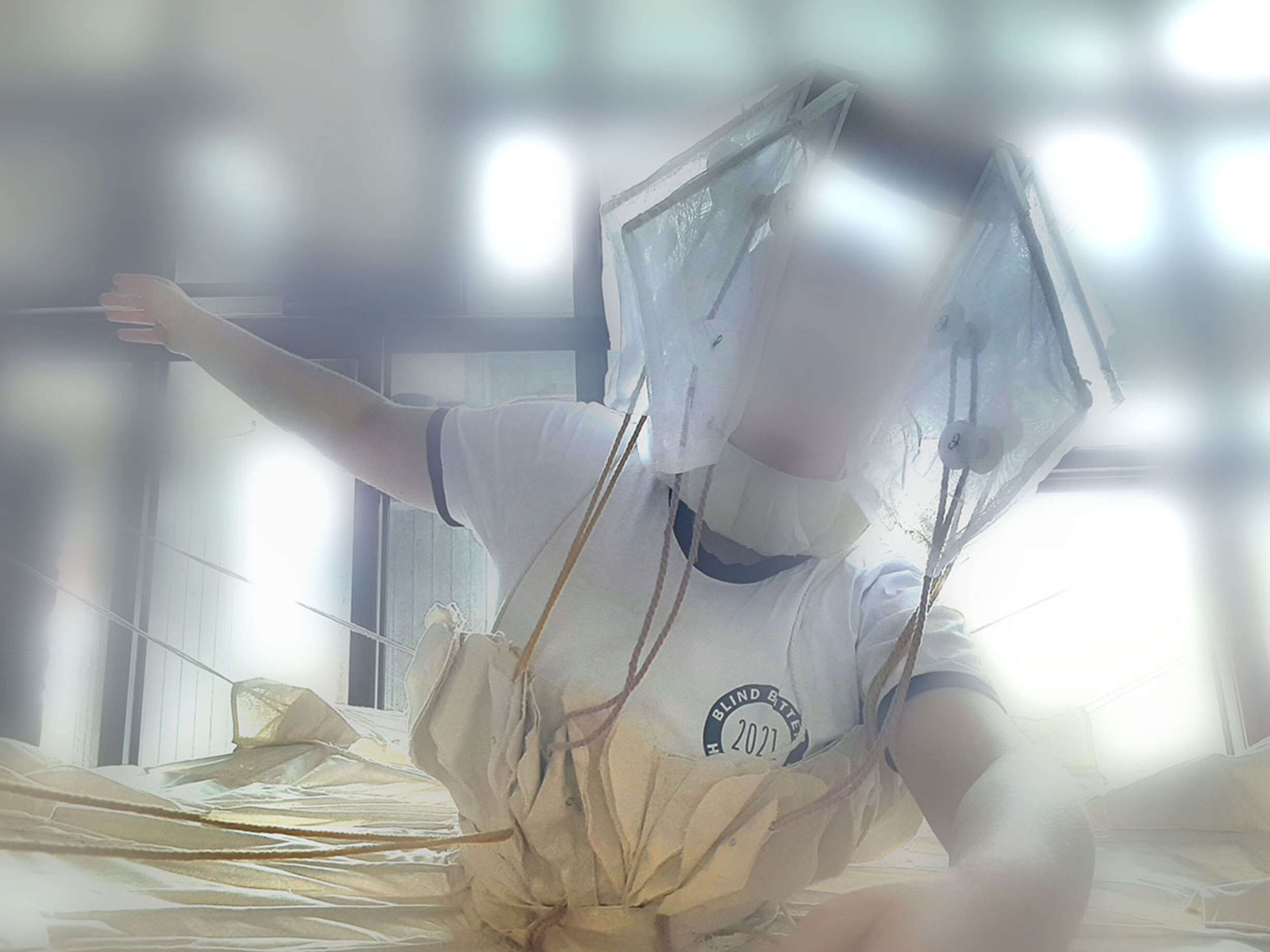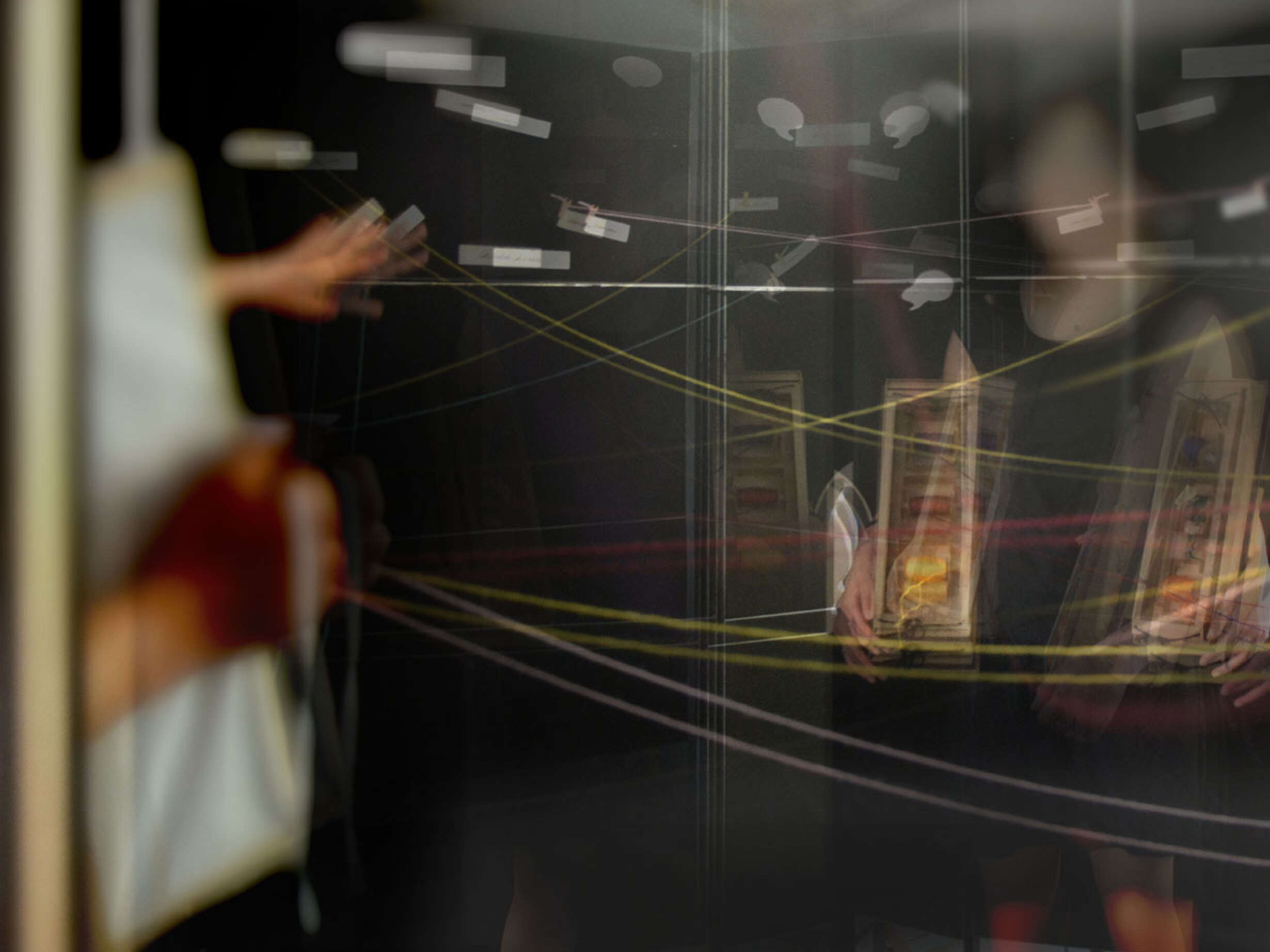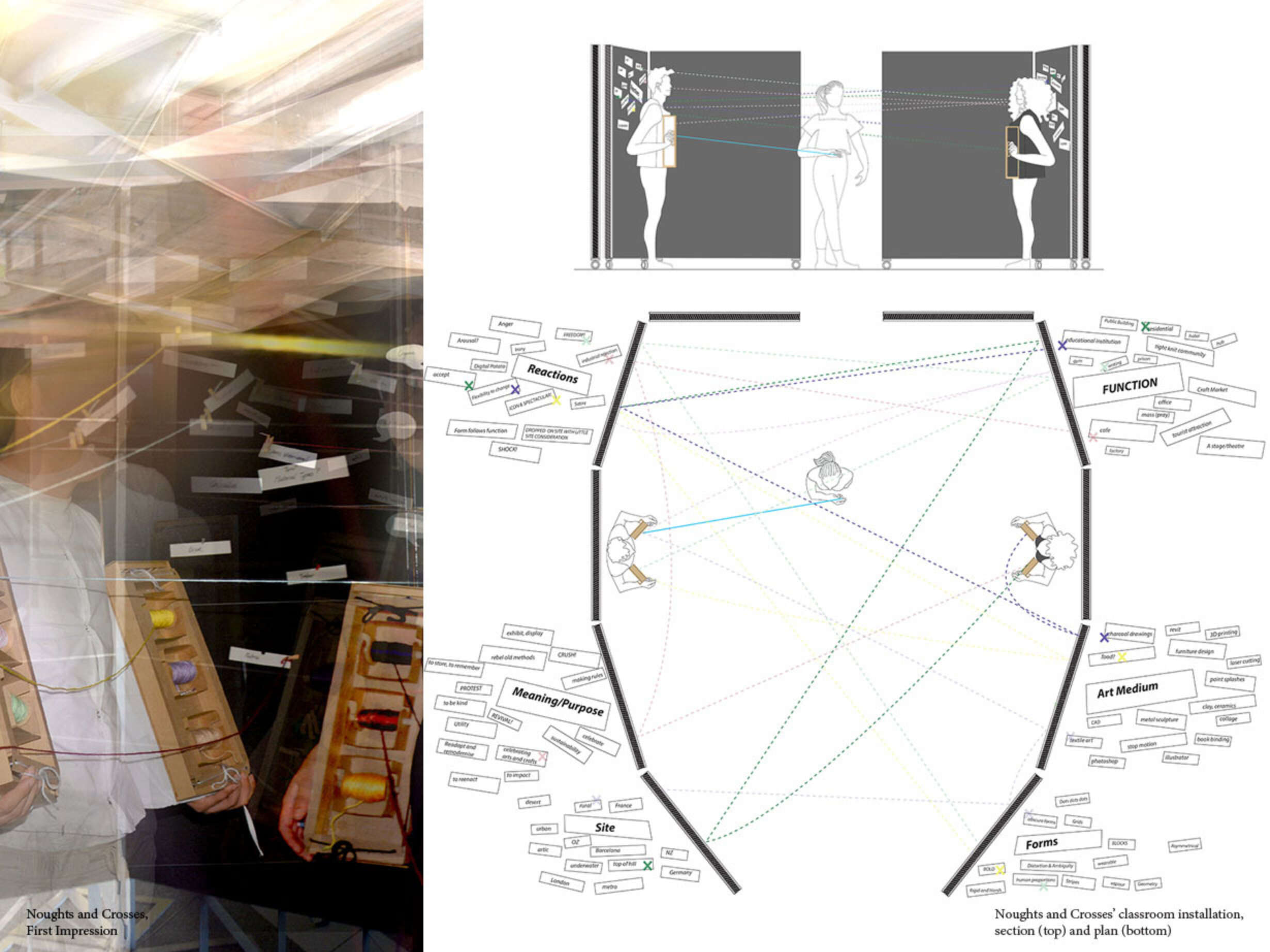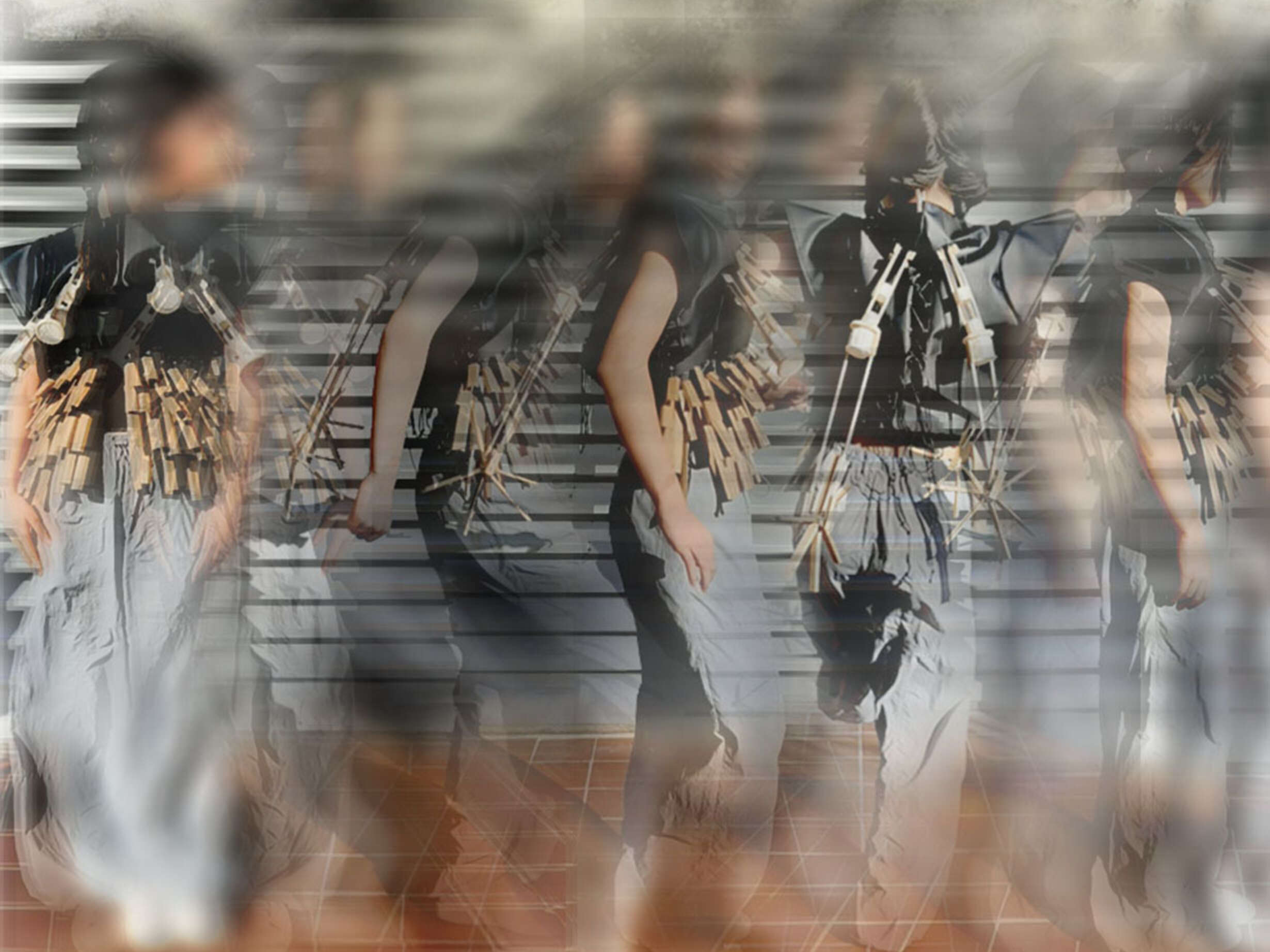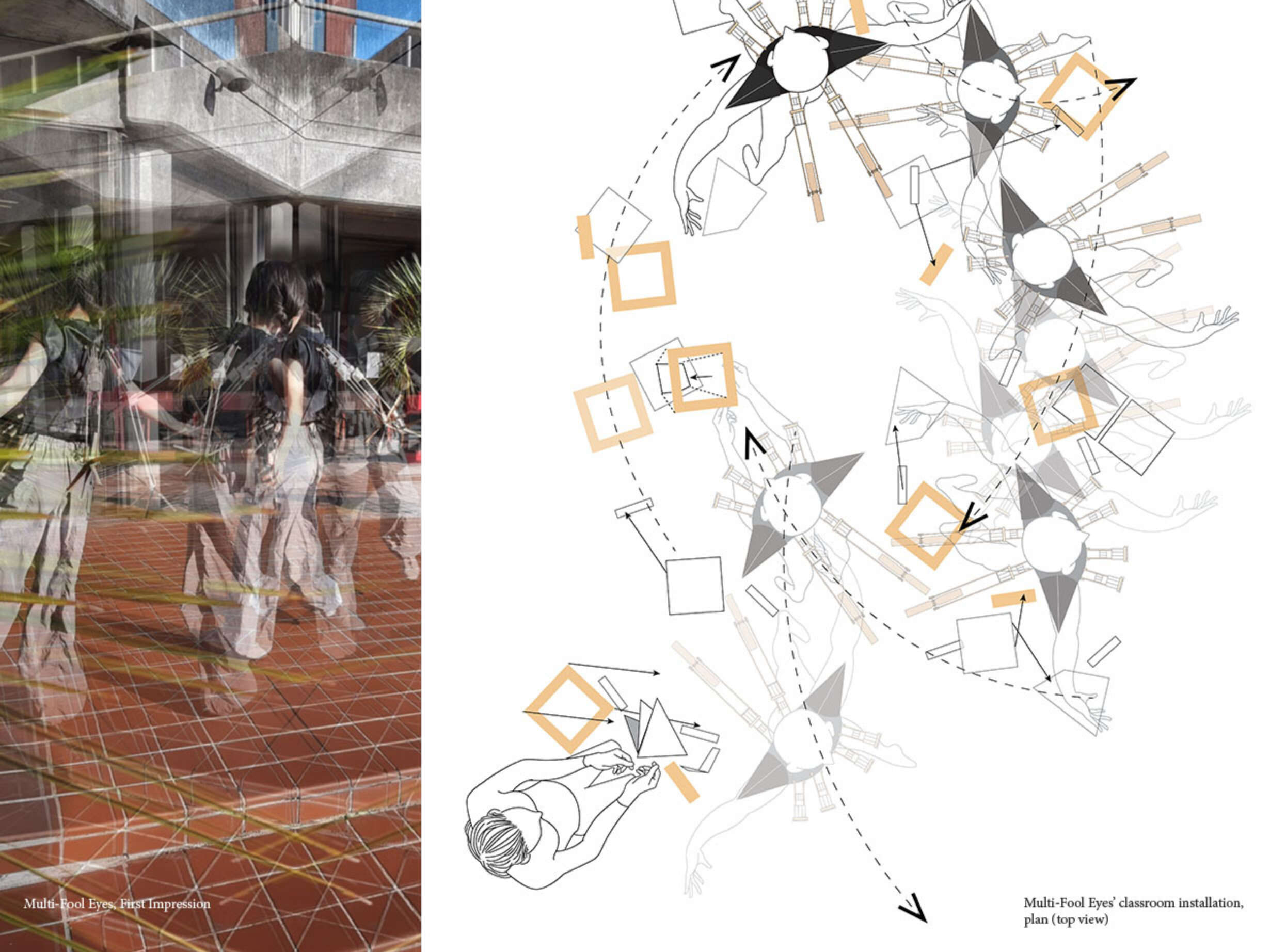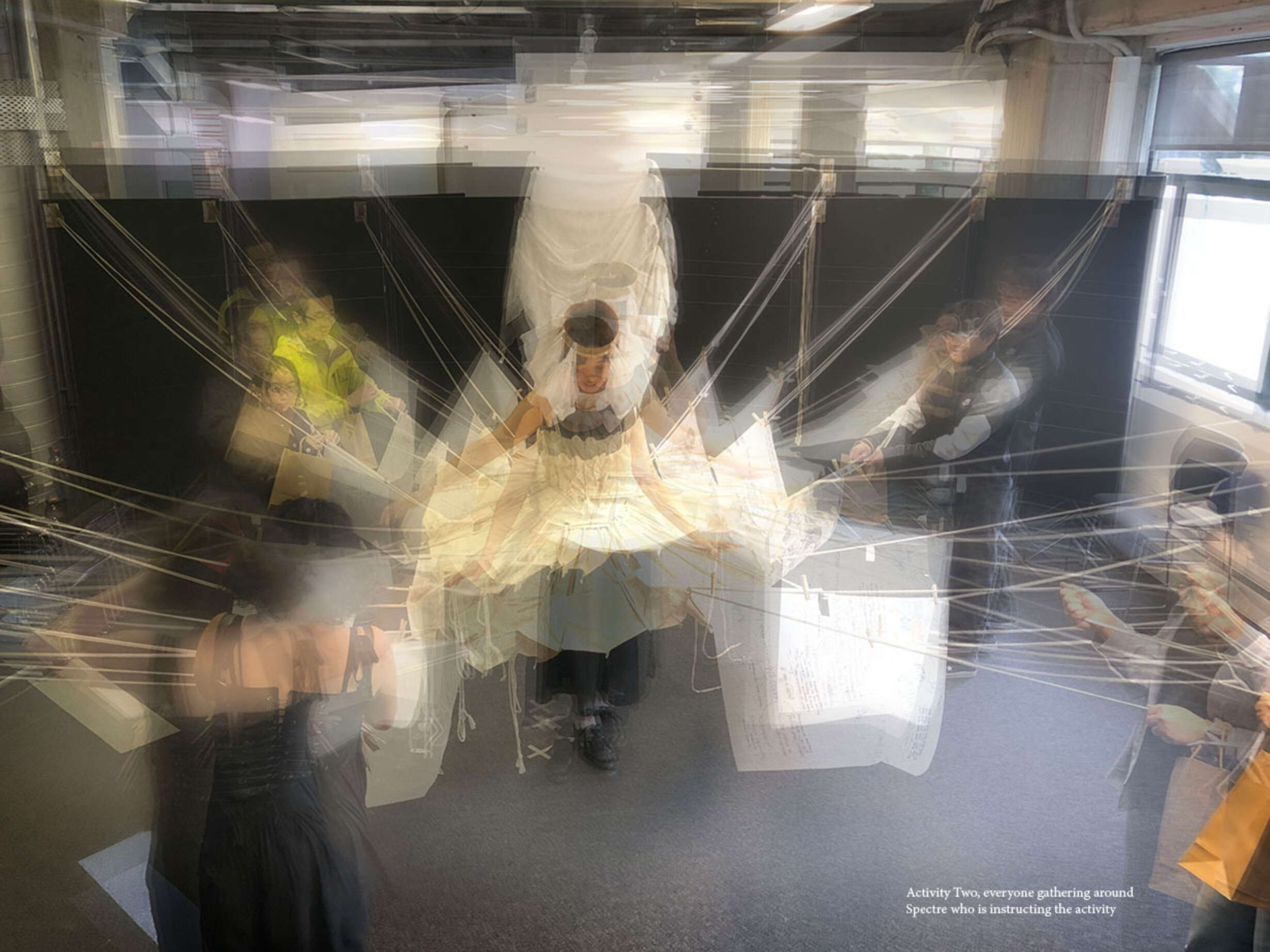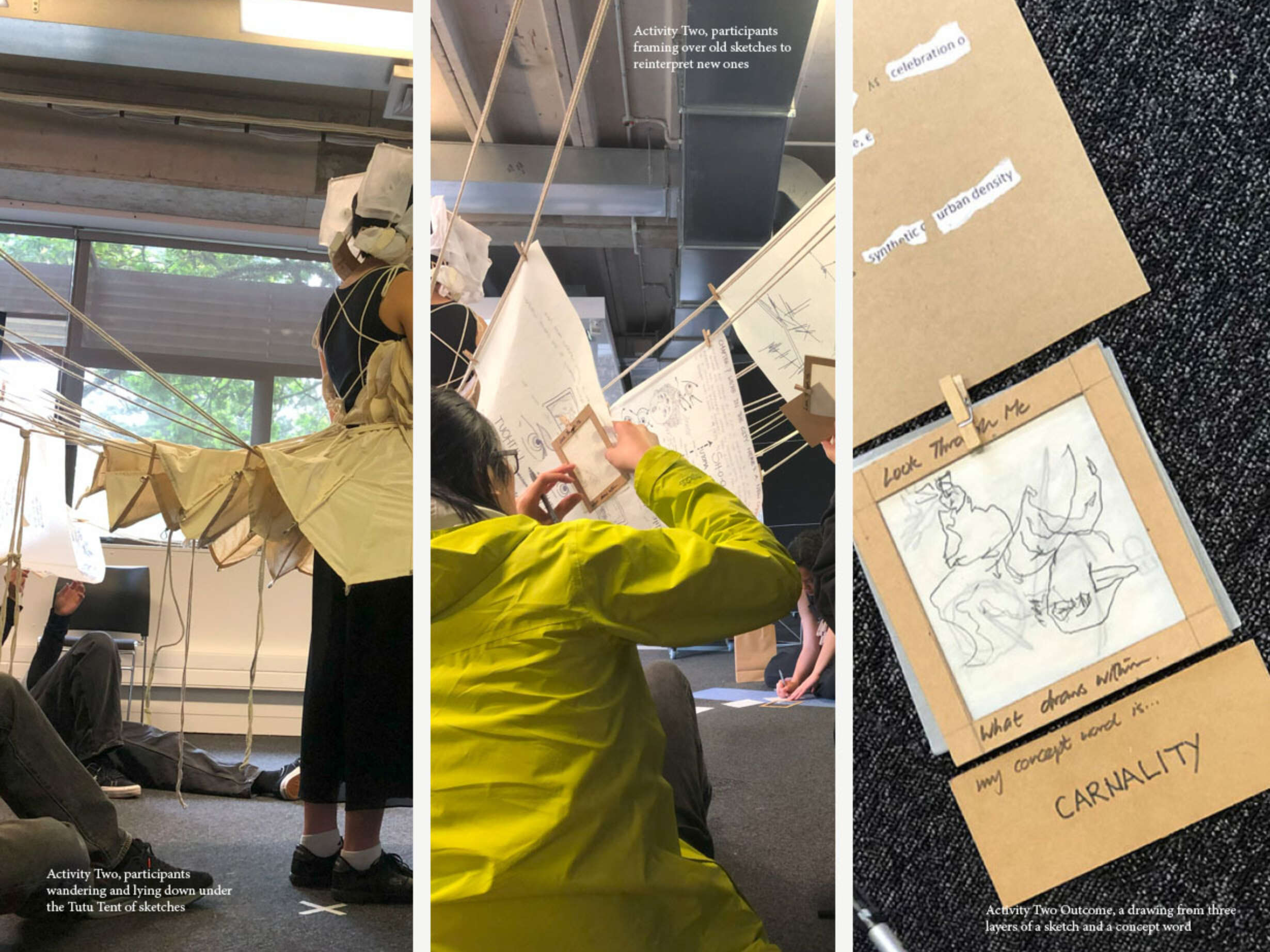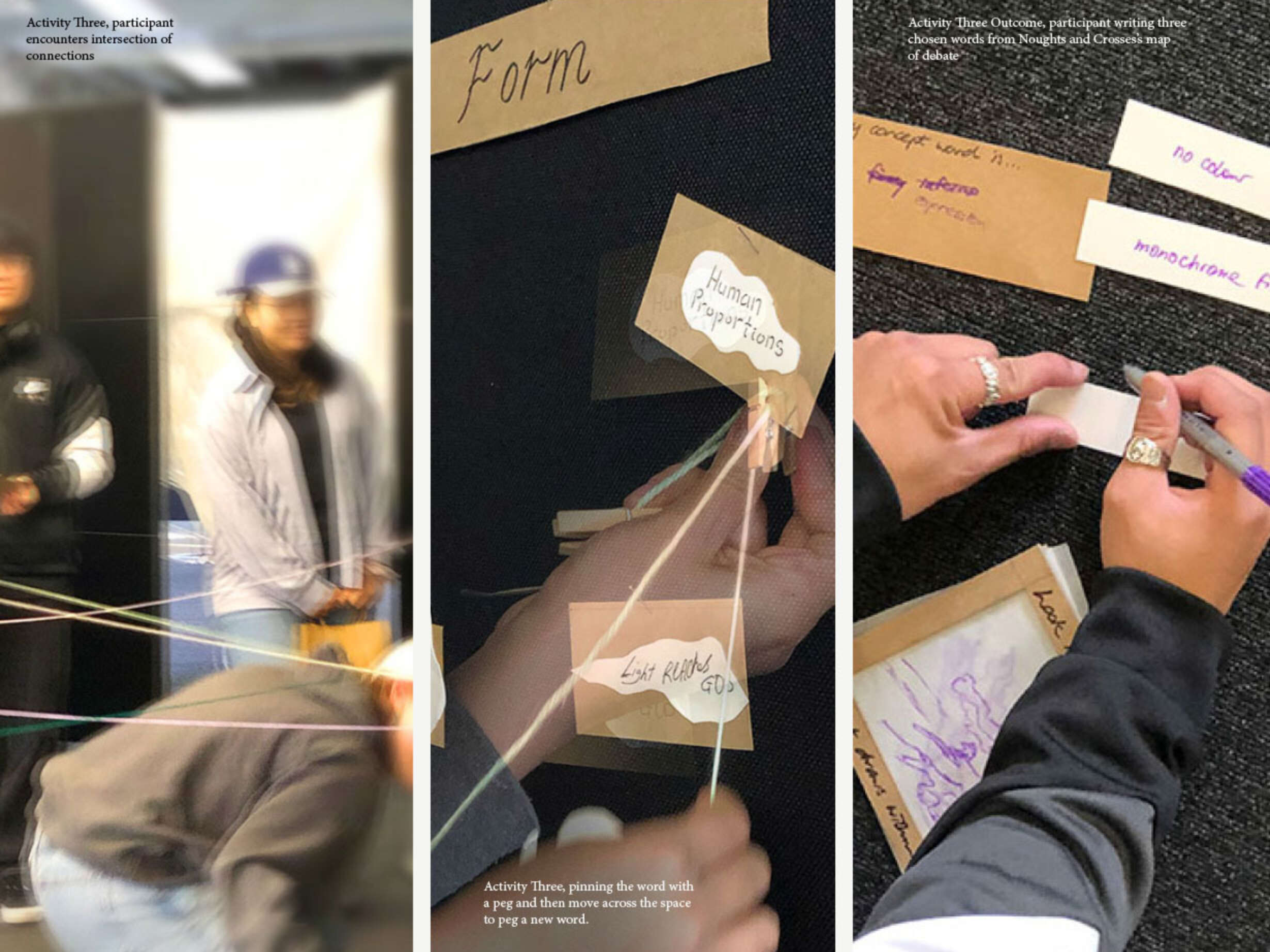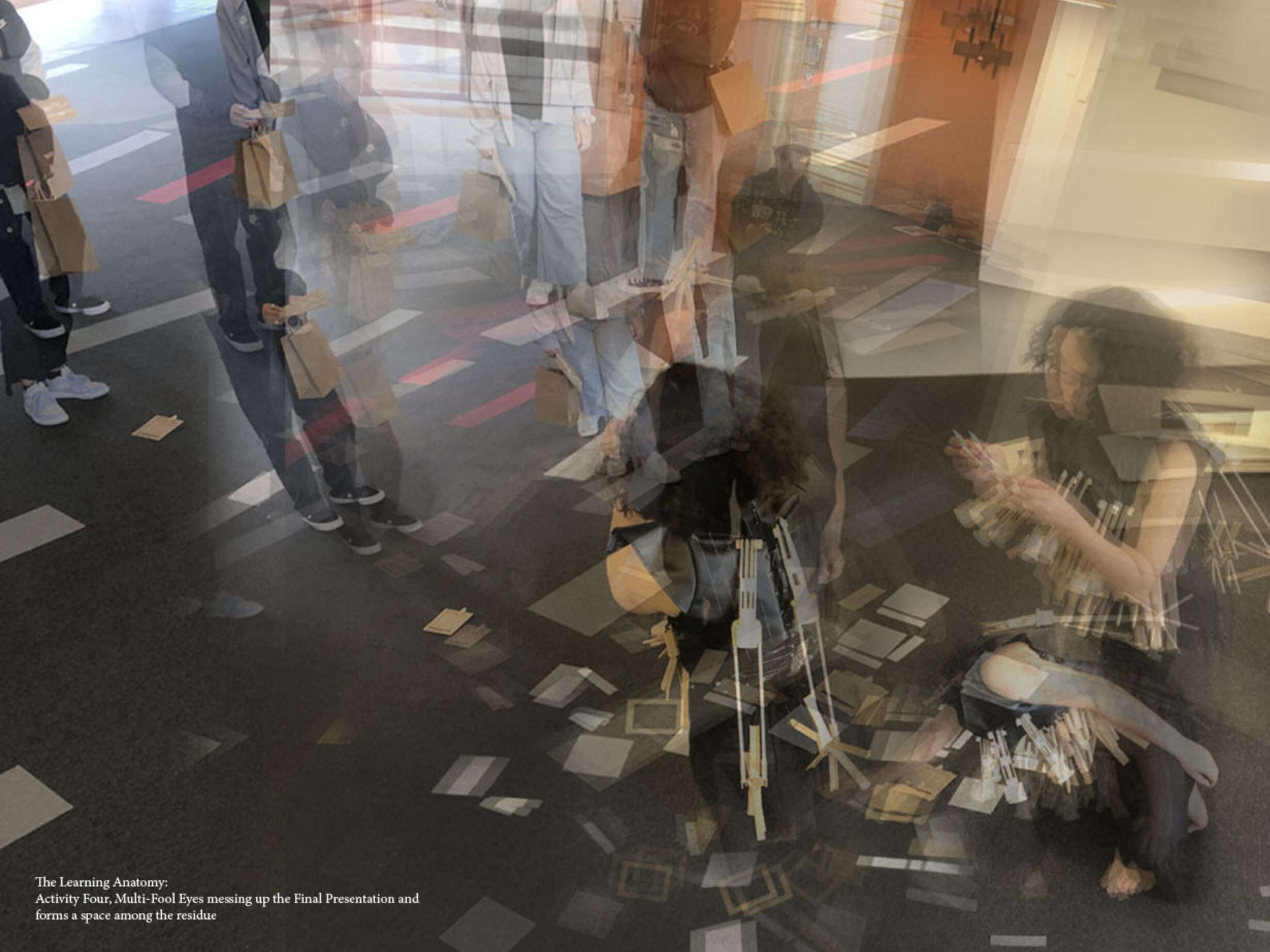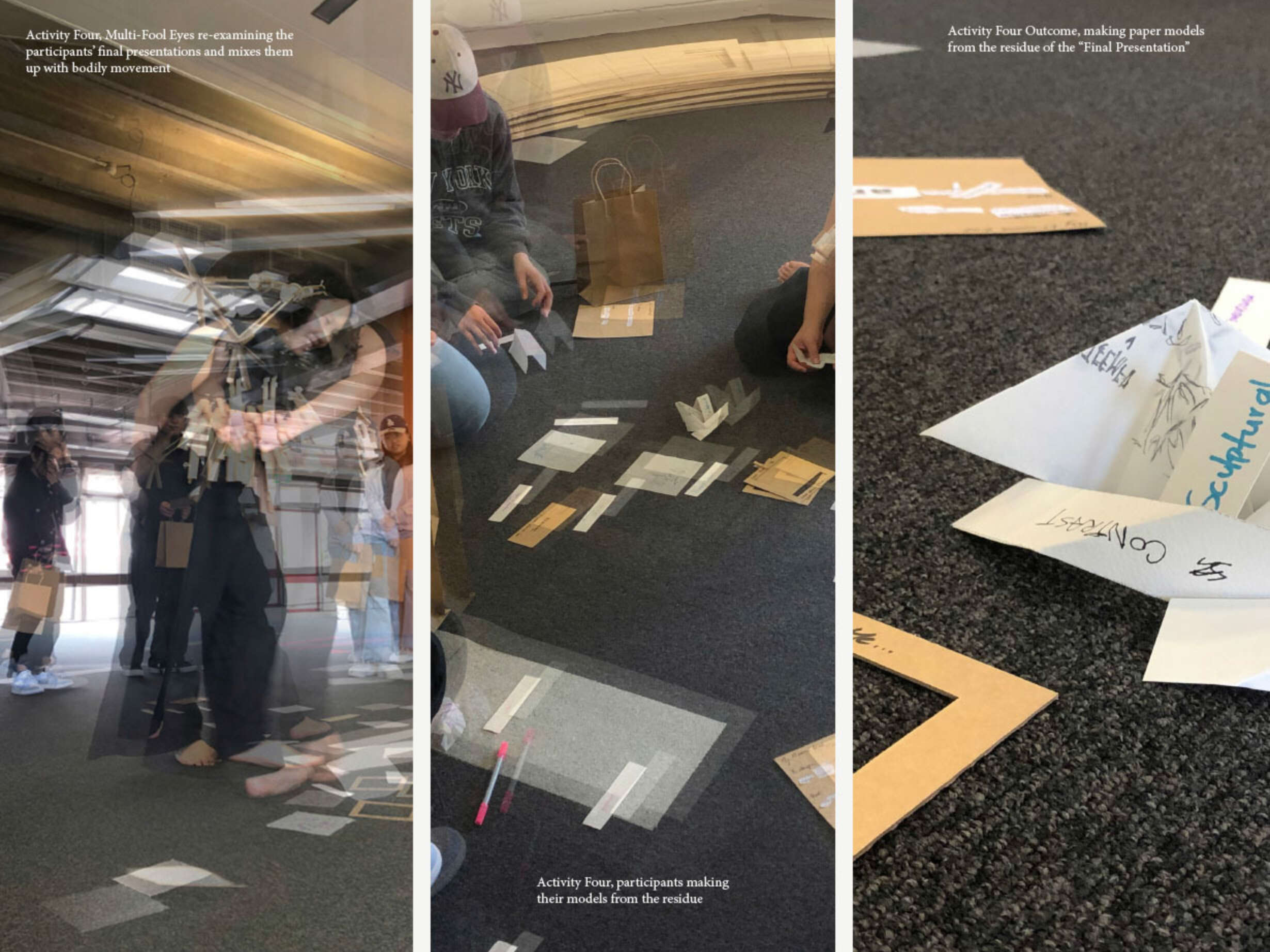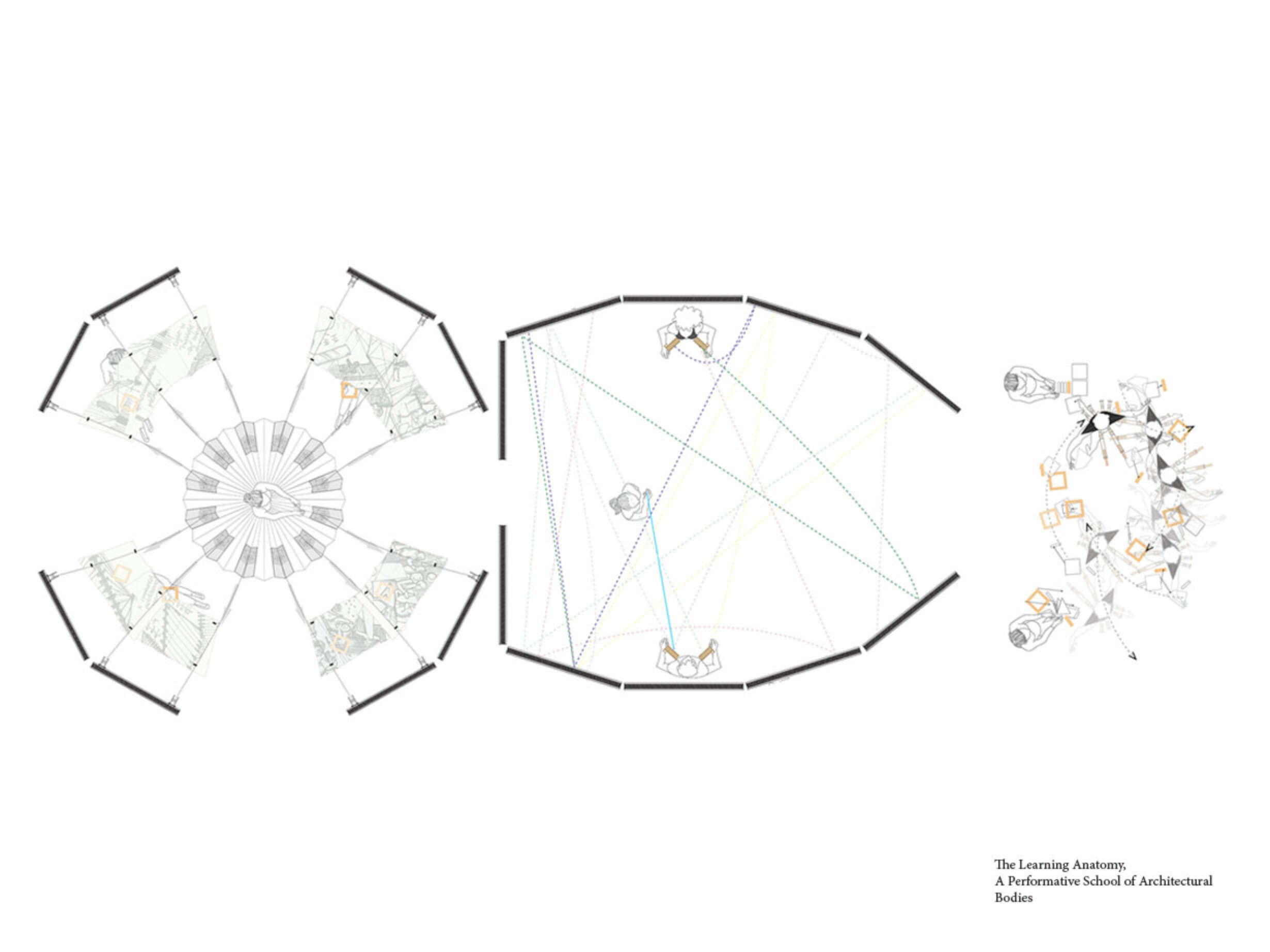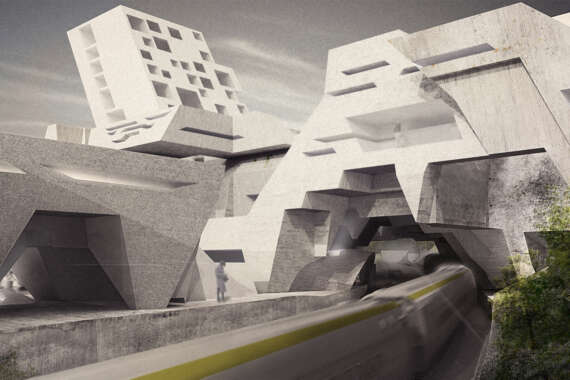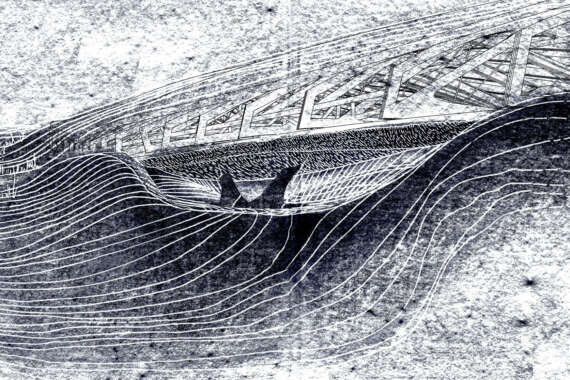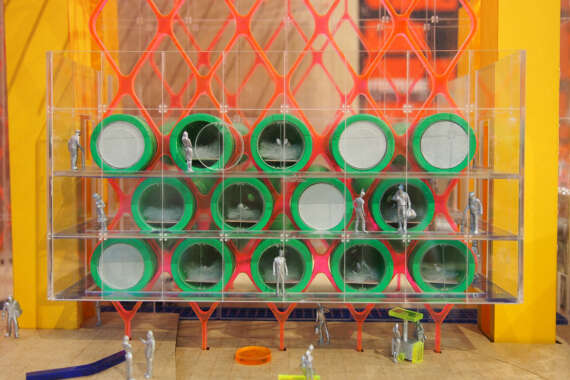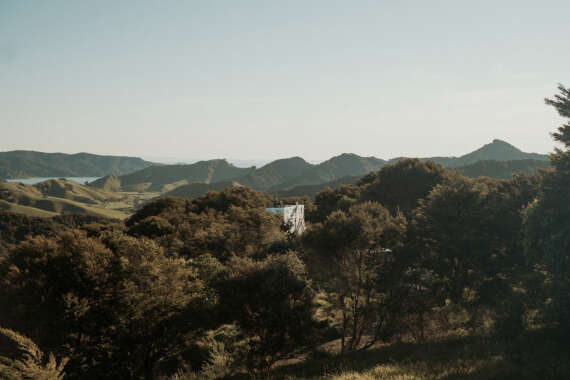The Learning Anatomy: A Performative School of Architectural Bodies
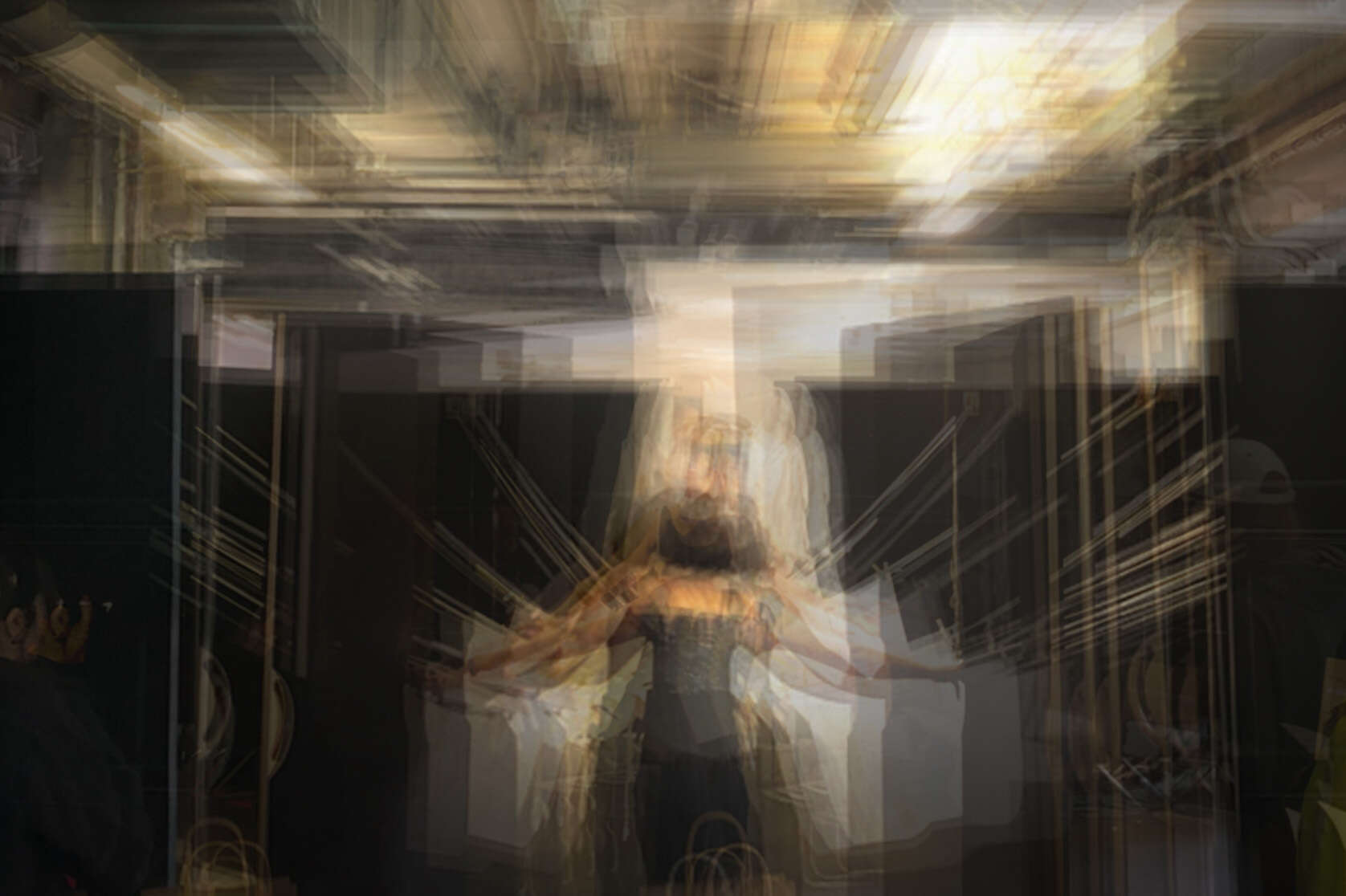
Architecture schools use the framework of the design process for students to experience the thinking of an architect – communicating the narrative of their design from concept to refinement. The process seems simple, but there are hidden complexities of experimentation, problem-solving and critique that blur the process and perception of architecture schools into a mysterious uncertainty. Social Theorist Donald Schon stated, “One of the things that really bugs me about architectural education is that a lot of things are really implicit, remain under the surface and are not talked about.” Further, Architect Rivka Oxman stated there is “a neglect of attention to thinking in design as a legitimate pedagogical content.”
Though uncertainty seems intimidating when the building outcome is expected, it can also be viewed as an opportunity to explore the physical and playful actions of design thinking that strengthen the process and the building design. Arguably, architecture school teaches the performance of design thinking. The Learning Anatomy: A Performative School of Architectural Bodies seeks to demonstrate how the physical body and its movement can be a learning tool to perform design thinking and how the interaction with these learning tools can craft an alternative architecture school to experience the design process collaboratively.







